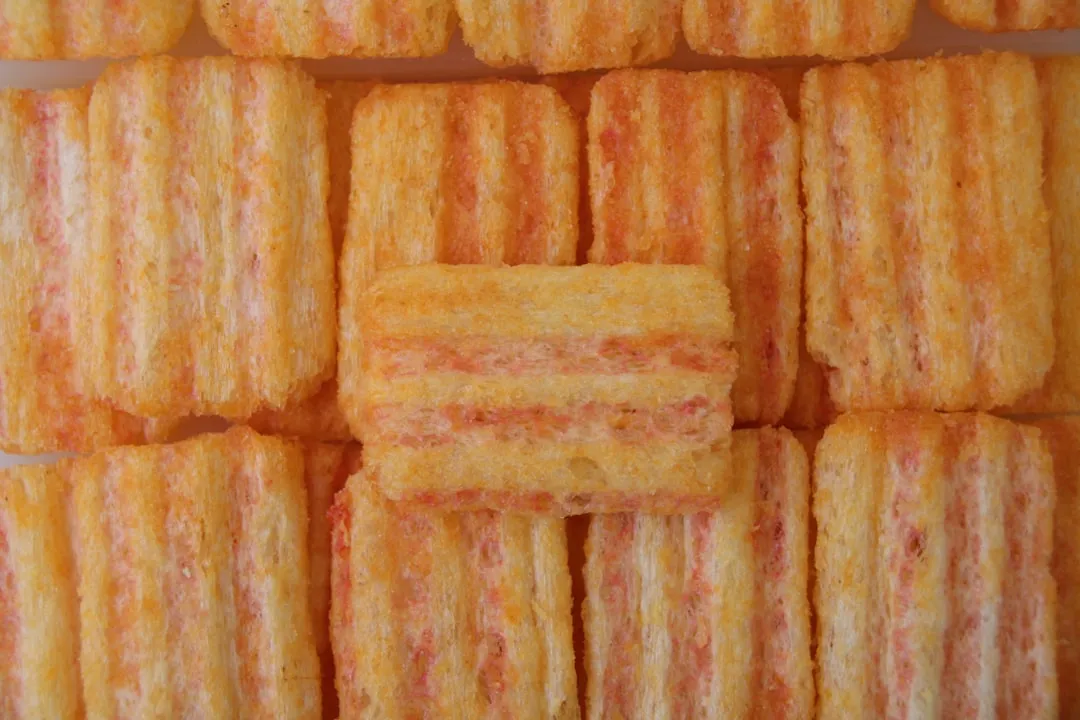Tagine is both the name of a cooking vessel and also the dish that is cooked within it. In fact, some might say tagines are the national dish of Morocco. These slow-cooked stews and braises, often combining meat, vegetables, spices, and dried fruits, have a character unlike anything I've ever eaten.
The long cooking time, the low heat, the earthenware pot, and the communal harmony of all those ingredients lingering in close contact with one another create something wherein the ingredients all manage to retain their original character while being part of a grander, more flavorful whole.
All of which is a fancy way of saying that an earthenware tagine is an amazingly cool and beautiful tool to add to your cooking arsenal.

Beef tagine with caramelized onions cooked and served in a... yep... tangine.
Tagines are traditionally made of earthenware or clay, and it's recommended you use a heat diffuser to help them maintain their integrity. Some modern versions are made with a cast-iron base so you can use them directly on your electric or gas range. The conical cover helps trap moisture and circulate it back towards the food in the base, which makes it really useful when you want to cook something and keep it tender, like beans or a tougher cut of meat.
While slow, rice, and pressure cookers all operate on the same principle as this vessel, I still hold a soft spot in my heart for cooking with a tagine because it has a few practical advantages.
Tagines are both a cooking pan and a serving dish all in one. Their materials are unlikely to leach any lab-created chemicals into what you eat. They also excel at keeping food warm if you're waiting for dinner guests to arrive. They're great for cooking hearty entrees like stews, but also work well for cooking beans, couscous, and rice. I used to use a small one to cook steel-cut oatmeal.

Tagines on display at a marketplace. Be sure to check that the interior is properly glazed or treated so you can use it for cooking rather than decorative purposes.
If you want a healthy dessert, steaming or poaching pears in wine is easy in a tagine (thank you, Laurie Colwin)—and it looks far nicer to bring your tagine to the dinner table and whisk off its triangular lid than dishing food out of your plastic-and-steel slow cooker.
Plus, like a good cast-iron skillet, tagines gain seasoning the more you cook in them and add a little more flavor to every subsequent dish. Like cast-iron skillets, they need to be cured/seasoned before you use them or store them for a long time (but in my opinion, they're easier to care for than cast iron).
However, be forewarned that most tagines aren't cheap, but with proper care, they will last a long time. You can find a good basic version for about $34, though, and there are some medium-sized ones out there for under $25. High-end ones will cost you about $200 or even more.
The main reasons I favor tagines are impractical, I admit. After all, even Moroccan food expert Paula Wolfert says you can cook tagines in a cast-iron Dutch oven. But what is life (and food) without something beautiful and impractical to lend color to your days?
When I use a tagine, I feel connected to a time when people cooked out in the desert and under the sky, using ingredients that were grown, found, or hunted far from the fluorescent-lit aisles of the markets where I do most of my after-work grocery shopping. I'm far from being a Berber, but while I cook in a tagine, I feel like I could be one.

Cooking tagine out in the wild in Draa Valley, Morocco.
If you want to learn more about Moroccan food, check out this book by Paula Wolfert, or get this cookbook, which is all about tagines.
Have you ever cooked in a tagine or even eaten tagine? Let us know what you think.
More Cool Food Tools You Might Enjoy
- Make the Best Coffee Ever in a Turkish Ibrik
- Why You Need to Cook on a Himalayan Salt Block
- The Smokeless Grill That Makes Indoor Grilling Fun
- This Cloth Bag Is Actually a Powerless Slow Cooker
- Let Off Some Steam with a Pressure Cooker
Cover image via Rosino/Flickr

























Comments
Be the first, drop a comment!